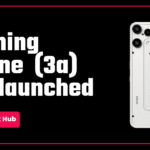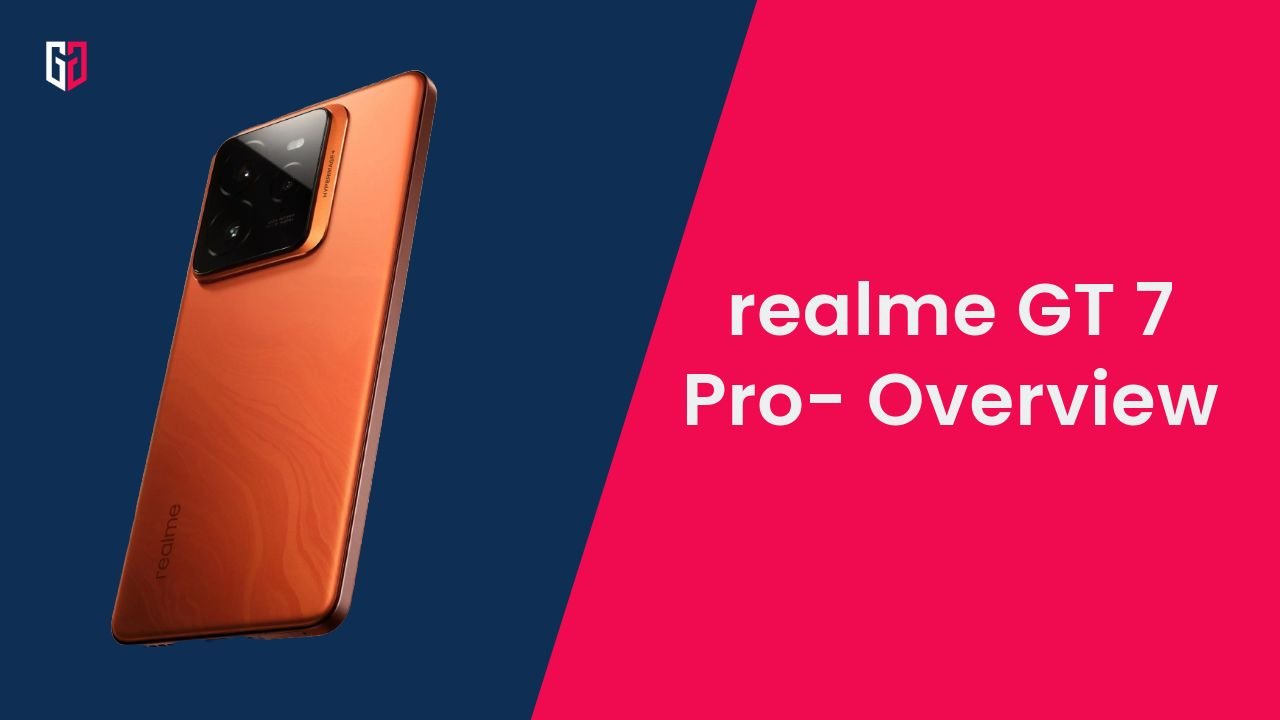What Is A Closed Beta?
When a smartphone company makes a big software release, they don’t usually roll it out on phones at once. Instead, they roll it out over a period of time in stages. Often the first stage that people can use will be the closed beta or alpha stage. A key characteristic of a closed beta is that there is a limited number of users allowed to test the software. And the people who do use it are expected to provide feedback.
That’s because it is one of the earliest stages of a software or software skin, and it is guaranteed it will contain some bugs. The company expects closed beta testers to report the bugs and issues they encounter to help developers address them.

The Pros And Cons
Being a closed beta tester means you will be one of the few people who can use the software and have access to the latest features before anyone else. With early access, you could write exclusive reviews to share with a wider audience. But all of these great perks come at a cost—performance.
Closed beta software is usually not optimized for a device, resulting in severe heating, battery drain, and crashes, making it very difficult to use the phone daily. Moreover, the company will not be accountable for any damage to your device or data loss, because that’s often a disclosure you must accept before being a closed beta tester. Therefore, closed beta software has as many cons as it has pros.

When Is It A Good Decision?
If you only have one device that you use daily with important data, you shouldn’t be applying for a closed beta. The risks outweigh the benefits, as you won’t be able to use your phone as you normally would after joining a closed beta. You should consider trying a closed beta only if you have another device that you can use instead of your primary device. Before you download the closed beta, take a backup of your phone, including images, files, passwords, and data you cannot risk losing. It’s always better to be safe than sorry.

The Better Option
If you’re keen on using software before the stable, global release, you can wait for the open beta phase, which happens soon after the closed beta phase. The developers need time to process the feedback and fix the bugs. After that, they will push an open beta, which anyone can download and has a much larger user quota. This version of the software is much more optimized and is comparatively better for daily use. Still, it will contain the risks of beta testing, including heating and battery drain, but it will be much less significant than the closed beta.
Conclusion
In conclusion, being a closed beta tester requires readiness for potential issues associated with the software. You should know troubleshooting and should be an active contributor in providing feedback. Remember, the closed beta phase is the precursor to the public version, and as a tester, you should be diligent in reporting bugs. If you don’t want to risk your device, you can always choose to wait for the much safer open beta.
We hope this article was helpful to you. Continue reading GizmoGeek Hub for more tech news, stories, and reviews that will keep you up to date on the newest trends and advancements in technology. We attempt to provide in-depth and unbiased reviews, detailed tutorials, and up-to-date news to help you improve your tech knowledge and expertise.
Keep reading GizmoGeek Hub for more such articles & reviews.
Follow us on YouTube, X (previously Twitter), Instagram, LinkedIn, and our WhatsApp Channel to stay up to date on the latest news, announcements, and behind-the-scenes stuff.
Request – As a new site, we rely largely on ad revenue to fund our site operations. This is a request from us that you switch off any ad blockers you are using while visiting our website. Viewing adverts on our website allows us to continue providing you with the high-quality content you appreciate. Your support means a lot to us and allows us to keep GizmoGeek Hub running smoothly. We sincerely appreciate your continuing support and thank you for sticking with us!










